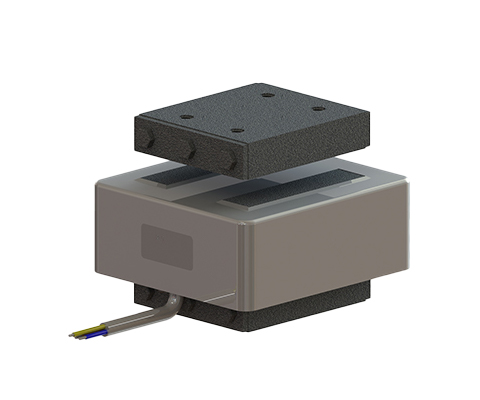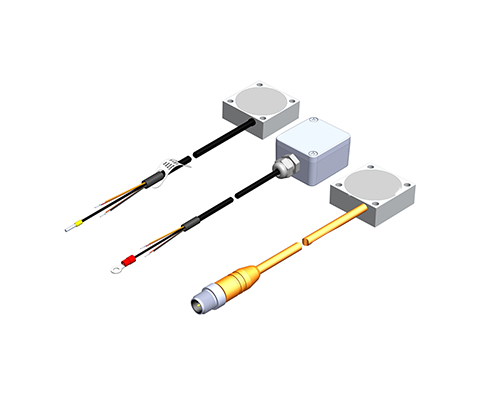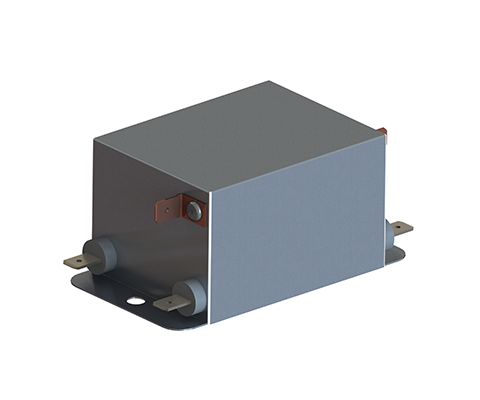IP54 or IP20
Description
The frequency converter for vibratory feeding technology in the REOVIB MFS 158 series offers the option of operating the vibratory feeder at an oscillation frequency that is optimal for the material being conveyed – completely independent of the frequency of the supplying electrical network.
The devices in the REOVIB MFS 158 series are available with a max. output current of 4 A and as IP20 – control cabinet installation variants as well as IP54 – housing versions.
The IP54 housings are available with various connection options:
- Input cable/output cable
- Input cable/output socket
- Completely pluggable with input connector and sensor sockets
Benefits
- Cost-effective frequency control device with the most important basic functions
- Frequency control device for controlling a vibratory feeder independently of the electrical frequency of the supplying network
- Adjustable conveying frequencies between 35…140 Hz
- Mains voltage compensation for constant vibration amplitude
- all settings possible using the integrated display
- sinusoidal output current
- can be used on 110 V or 240 V networks without switching
- Storage of user settings possible
- Fill level control/backlog control
- Versions available in various protection classes and connection variants
| Mains input | 110/230 V autom. detection |
| Mains frequency | 50 / 60 Hz +/- 3 Hz |
| Output voltage | 0 … 100V/ 0…205 V |
| Output current | max. 4 A |
| Oscillation frequency | 35 … 140 Hz |
| Set point specification | Display, potentiometer, 0 … 10 V, 0 (4) … 20 mA |
| Status signal | Relay changeover 250 V, 1 A |
| Ext. enable | 24 V DC, switch |
| Sensor supply | 24 V DC |
| Umin/ Umax setting | Display |
| Soft start | adjustable 0…4 sec. |
| Fill level control/ Backlog control | PNP, 24 V DC (Option) |
| Coarse/fine control | ✓(Option) |
| Vibration amplitude control | – |
| Resonance frequency search | – |
| Mains voltage compensation | ✓ |
| Conformity | CE, RoHS |
| Protection class | IP20/ IP54 |
All data and configurations can be found in our product data sheet.
https://reo.de/wp-content/uploads/2024/07/FREQUENZUMRICHTER-REOVIB-MFS-158.pdf>









